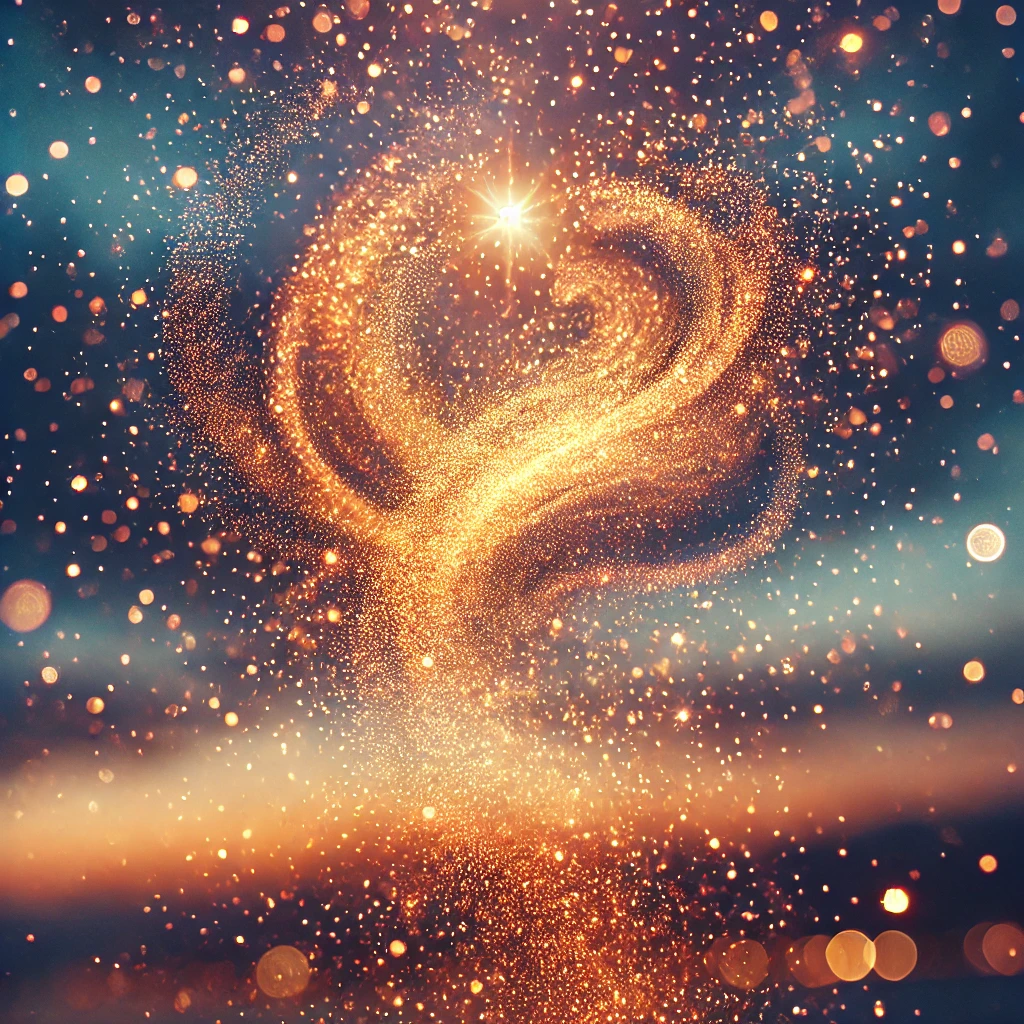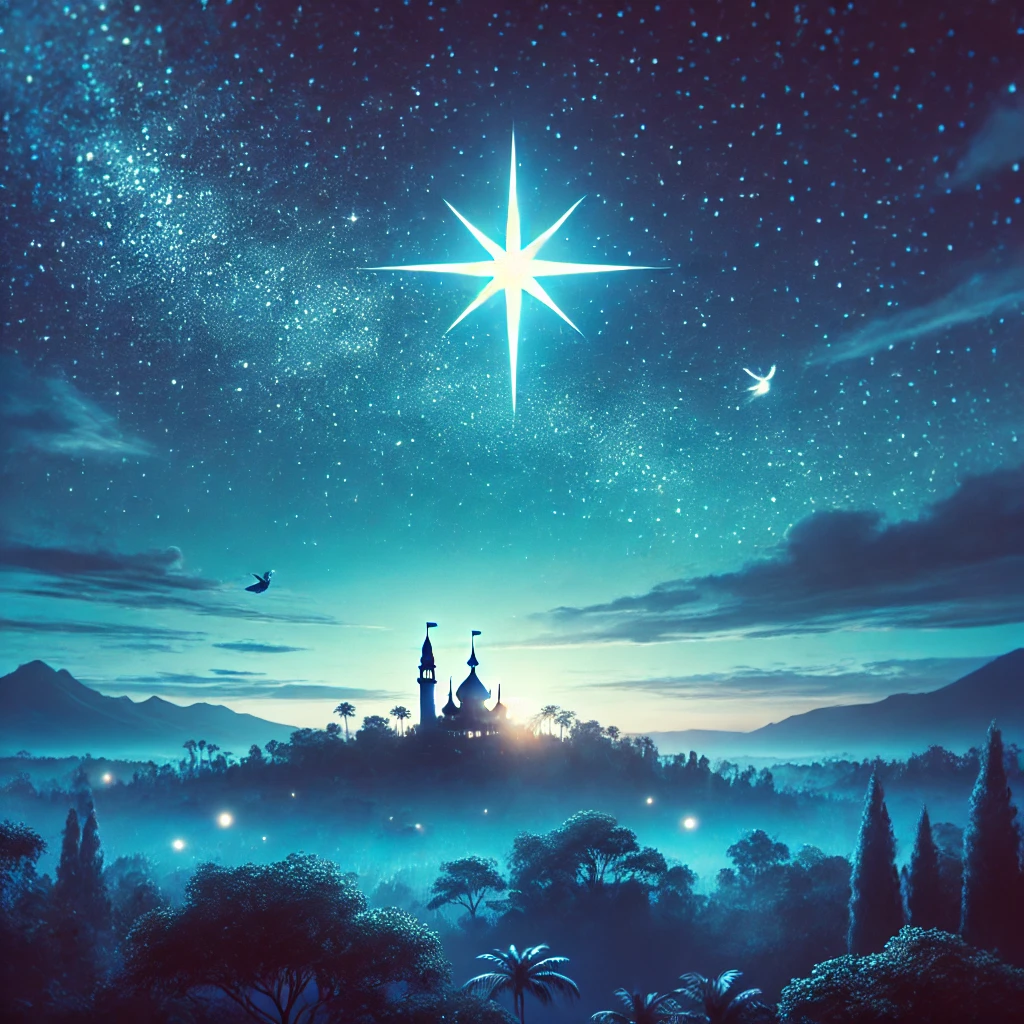On February 5th, 1953, the beloved animated film Peter Pan had its premiere, enchanting audiences with the timeless tale of the boy who never grows up and his adventures in Neverland. Produced by Walt Disney and based on J.M. Barrie’s 1904 play and novel, Peter Pan was Disney’s 14th animated feature and quickly became a treasured piece of cinematic history. With dazzling animation, unforgettable characters, and iconic songs like You Can Fly!, the film captured the imagination of children and adults alike.

Bringing Barrie’s whimsical world to life was no small feat. The film’s animation, voice acting, and storytelling blended seamlessly to create a visually stunning and emotionally engaging experience. Bobby Driscoll, the first male actor to voice Peter Pan, infused the character with youthful charm, while Kathryn Beaumont, already famous as the voice of Alice in Alice in Wonderland, portrayed the intelligent and caring Wendy Darling. Together, they helped shape a film that would remain a cultural staple for generations.
A Cultural Milestone in Disney History
Peter Pan was more than just another animated film—it marked an important moment for Disney as a studio. By the early 1950s, Walt Disney Productions was in the midst of a creative resurgence, following the success of Cinderella (1950) and Alice in Wonderland (1951). The release of Peter Pan continued this momentum, proving that Disney’s magic was as strong as ever. The film’s success reinforced Disney’s ability to bring literary classics to the silver screen in a way that appealed to audiences of all ages.
The film also helped solidify some of Disney’s most beloved traditions. The character of Tinker Bell, for example, became an enduring symbol of Disney’s brand, later appearing as a mascot in Disneyland and introducing the company’s TV specials. Additionally, the adventurous and mischievous spirit of Peter Pan set a precedent for future Disney protagonists, inspiring characters like Aladdin and Simba, who would later capture hearts in the same way.
The Lasting Impact on Pop Culture

Even decades after its premiere, Peter Pan continues to shape popular culture. The story of Peter, Wendy, and their journey to Neverland has been adapted countless times in stage productions, live-action films, and television specials. Disney itself has revisited the world of Neverland through sequels like Return to Never Land (2002) and various spin-off projects centered around Tinker Bell.
Beyond Disney, Peter Pan’s themes of childhood wonder, adventure, and the fear of growing up have inspired countless other works. The phrase “Never grow up” has become synonymous with a carefree spirit, reminding audiences of the magic of youth and imagination. Whether in literature, film, or even theme park attractions, Peter Pan’s influence continues to be felt worldwide.
Modern Perspectives

As with many classic films, Peter Pan has been reexamined in recent years through a modern lens. The film’s portrayal of Indigenous characters has been criticized for outdated stereotypes, leading Disney to add content advisories to the film on its streaming platforms. More recent adaptations of the Peter Pan story have sought to provide a more respectful and inclusive portrayal of all characters while maintaining the magic of Neverland.
Despite these discussions, Peter Pan remains a landmark achievement in animation and storytelling. Its impact on Disney, Hollywood, and audiences worldwide cannot be overstated. Even today, the tale continues to invite children and adults alike to dream, believe, and, of course, never grow up.
